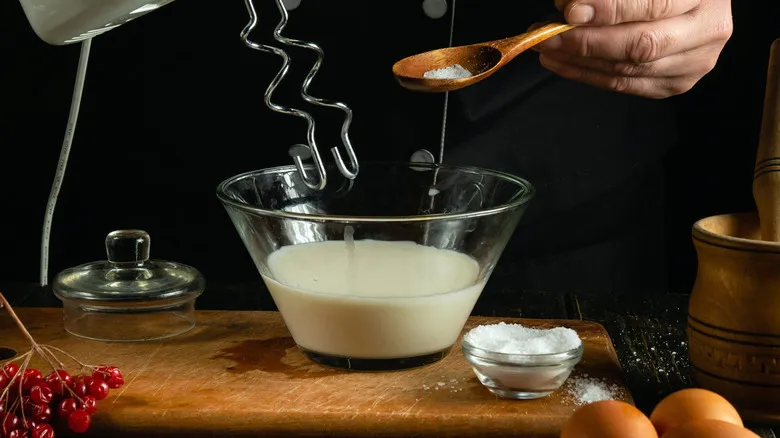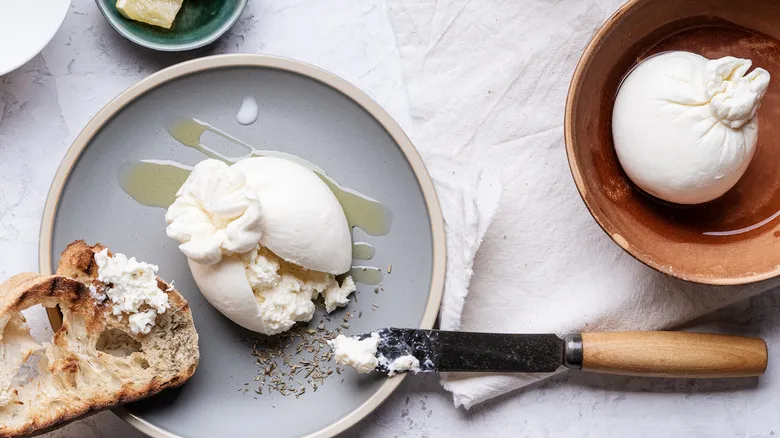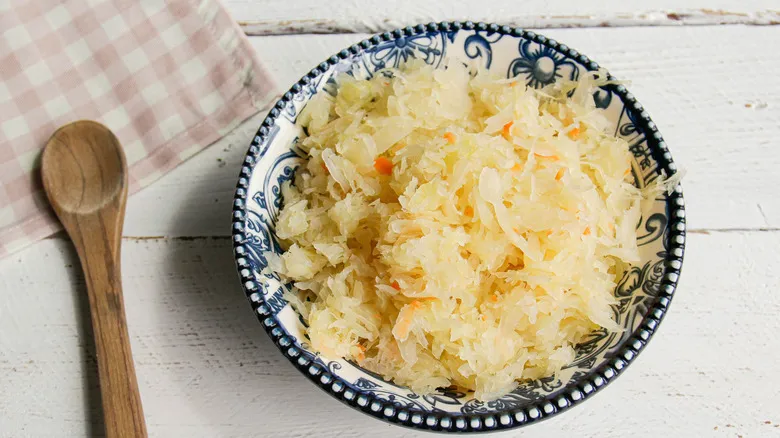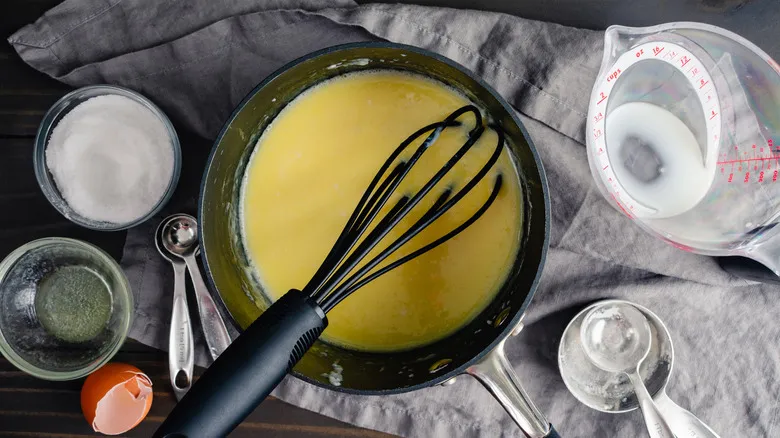What is a roux?

A roux, which is a balanced blend of fat and flour, serves as the foundational element in numerous recipes. It can be found in everything from country gravy made with sausage drippings and milk, served over rich, homemade biscuits, to a nutty, Gruyère-laden mornay sauce poured over blanched asparagus. Regardless of its application, a roux is cooked to remove the unpleasant taste of raw flour before other ingredients are added. Additionally, a roux contributes its own flavor to a dish, with each cooking stage enhancing its intensity.
The phrase "First you make a roux" may be a common saying, but it holds true, especially as it often marks the initial step in many Cajun and Creole recipes that define Louisiana cuisine. One of the most famous dishes in this unique culinary tradition is gumbo, a thick and hearty stew that requires a dark roux. There is much discussion about the various shades a roux can achieve, but most chefs agree on four primary levels: white, blonde, peanut butter, and dark (sometimes referred to as chocolate). The white roux is the most absorbent, ideal for capturing flavorful drippings in fried chicken gravy or a cheesy béchamel; the blonde roux is suited for a light velouté; the nutty peanut butter roux thickens étouffée and enhances rich sauces and soups; while the dark or chocolate roux, with its toasted, coffee-like flavor, is primarily used in meat-rich gumbos featuring ingredients like duck or andouille sausage. It's important to remember that as a roux darkens, its thickening ability diminishes, so always ensure you're using the appropriate roux for your recipe.
What is a slurry?

In contrast to a roux, a slurry is an uncooked mixture that is added at the conclusion of a recipe. To create a slurry, combine a starch—such as potato starch, arrowroot powder, flour, or cornstarch—with cold water in a 1:2 ratio. Mixing the starch with cold water helps prevent clumping when it is incorporated into your dish, but the real transformation occurs when the slurry is exposed to heat. This initiates a process known as gelatinization, where the heat causes the starch molecules to swell, allowing them to absorb more liquid and resulting in a thick, translucent texture.
Think of the rich, shiny consistency found in the Cantonese-American dish moo goo gai pan, which features mushrooms and chicken, or the Vietnamese stir-fry sauce N??c S?t Xào. While slurries are commonly used in various Asian cuisines, they are also useful in a wide range of dishes, from making gravy for a pork roast using the drippings to thickening a homemade filling for strawberry rhubarb pie, or even preparing a creamy classic vanilla pudding.
Recommended

Why Soft Cheeses Are The Worst For Those With Lactose Intolerance

No, Ghee And Clarified Butter Are Not The Same Thing

The Fascinating Science Of Sauerkraut Fermentation

What Is Pine Mouth And How Long Does It Last?
Next up

